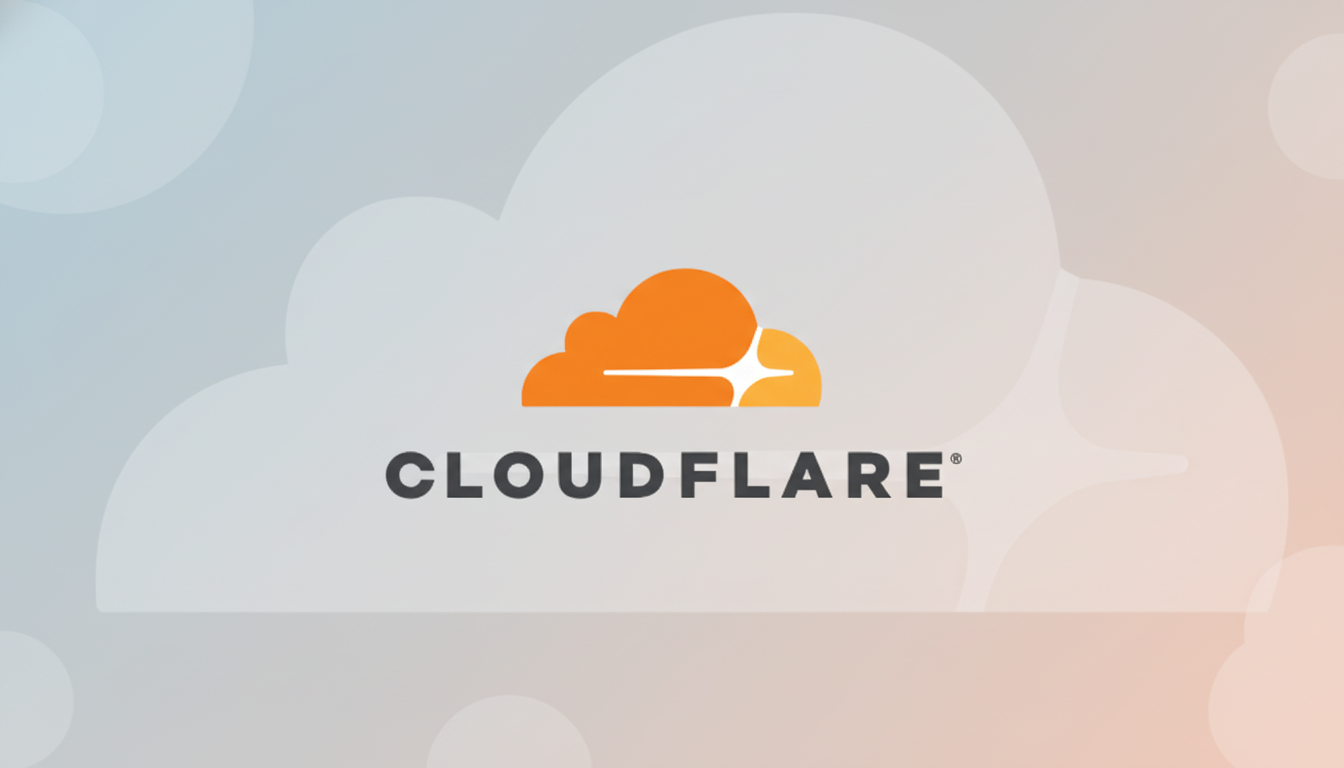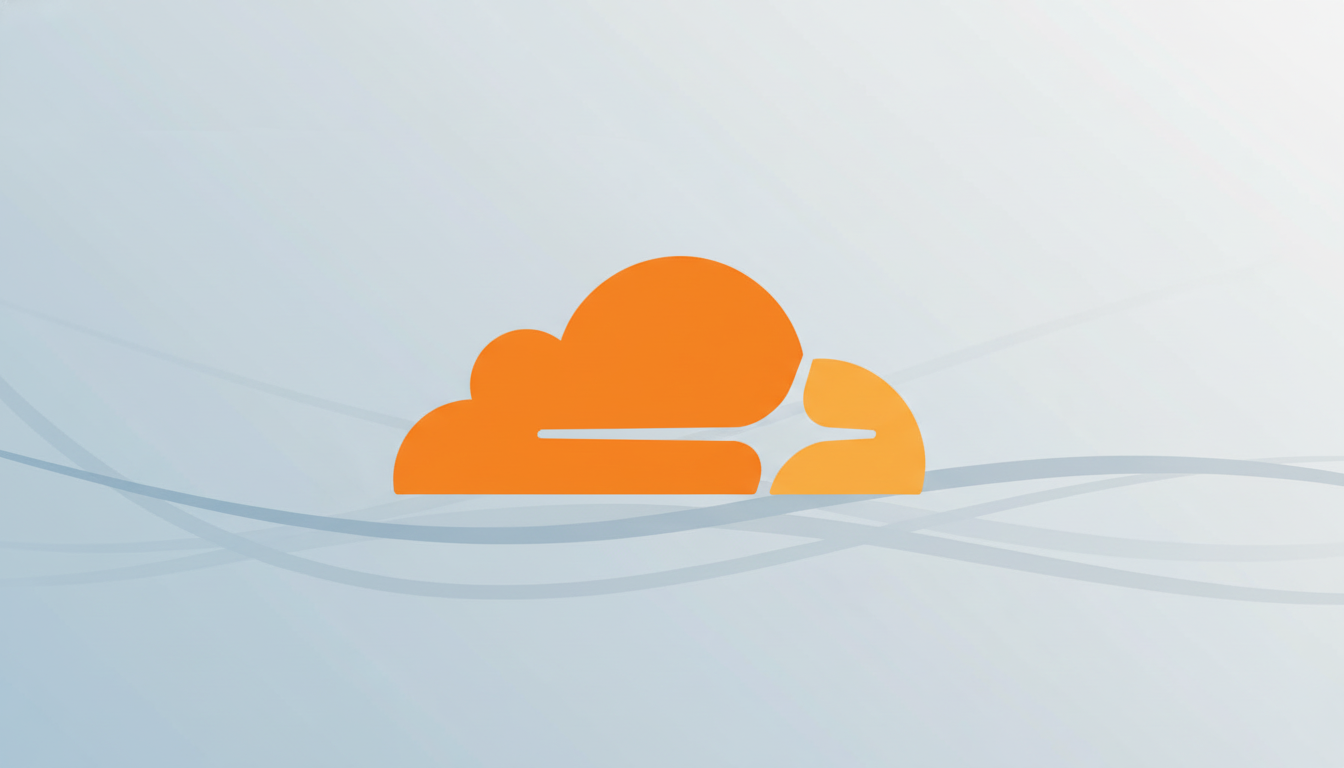The chief technologist of Cloudflare, one of the world’s largest edge networks, offered a rare mea culpa after a network incident led to outages across the web and continued to disrupt access to sites and services that rely on its massive infrastructure. In a string of posts on X, CTO Dane Knecht admitted the outage was taking place, said it had an unacceptable level of impact, and pledged to deliver a detailed public postmortem as well as actions to avoid a recurrence. He also said the company has found no evidence of an attack, but cited an internal network problem instead.
What Cloudflare Says Happened During the Outage
According to Cloudflare’s early announcement, the disruption was caused by problems in its own network infrastructure and not because of malicious activity. As traffic came back, the company’s staff warned customers that they might experience brief service degradations or connections and caches rebalancing as caches refill after a catastrophic failure and demand floods back all at once.

The company said it committed to publishing a detailed, plain-English rationale. Cloudflare has a long history of publishing thorough post-incident reports that detail the failure mode, timeline, and remediation steps taken — oftentimes including safeguards in configuration, tighter controls over rollouts, and even new circuit breakers to reduce blast radius.
How Far-Reaching Was the Impact Across the Web
Since Cloudflare is in the hot path for millions of domains, responsible for DNS, content delivery, DDoS protection, and application security, issues are immediately worldwide, and even more localized problems can cascade into timeouts or 5xx errors, or when APIs that were working fine suddenly start timing out.
During the incident window, there were spikes in reported problems with a variety of popular apps, according to independent trackers like Downdetector, and network observatories from NetBlocks and ThousandEyes frequently report high failure rates for packets on routes into multiple regions during these events.
In the real world, this means failed checkouts on ecommerce sites, sporadically logging in to your favourite service, or a SaaS dashboard that won’t load. For developers, the giveaways are TLS handshake errors, increased 522/524 errors, or much slower than expected DNS resolution if those queries cannot be served from a cache.
Why Edge Outages Ripple So Quickly at Scale
Cloudflare’s Anycast network reaches more than 300 cities in 100-plus countries, enabling it to deploy compute and security controls as close to users as possible. Having that kind of geographic reach is generally a performance advantage, but it also means that a misconfiguration or routing failure can propagate quickly before automated safeguards or rollbacks are automatically put in place.

Market share magnifies the effect. Cloudflare has maintained its position as the leading reverse proxy and CDN service provider, with a substantial portion of global internet traffic running on its edge. When such a major intermediary hiccup or outage occurs, even if temporarily, that effect is “global” from the network user’s point of view — no matter where in the world the problem started.
Commitments From the CTO Following the Outage
Knecht was careful not to make excuses for this and focused on how the company let customers and the broader web down during this incident, and positioned recovery time as behind schedule. The immediate priority lies in having stability and ensuring careful traffic management as services level off. The long-term plan is a comprehensive root-cause analysis and tangible engineering changes — usually culminating in narrower windows for change, more stringent ramp-up policies, extended canary durations, and automated kill switches to prevent bad pushes from being fully rolled out.
Customers will be waiting for details: which piece went down, how configuration governance will change, and what additional redundancy will be installed. A lot of enterprises are also seeking clauses on service-level agreements, potential credits, and whether incident communication satisfied their ability to stay resilient.
Lessons for Internet Resilience After Major Outage
The disruption underscores a larger trend: even the largest cloud and edge providers have lousy days. Recent high-profile incidents at other hyperscalers revealed that single-provider dependence is still a risk, in authentication and DNS, but even in critical APIs. Analysts and SRE leaders frequently advocate for multi-CDN strategies, diversified DNS, and fail-open constructs for non-critical level checks when applicable.
It is not a trivial task to implement such designs. Multi-provider architectures increase cost and complexity, and may bring their own failure modes. That said, practices such as synthetic monitoring across multiple networks, aggressive chaos testing, and clear runbooks can reduce the time to detection and recovery when the edge goes awry. Companies such as ThousandEyes and Catchpoint often point out the way early anomaly detection can reduce the duration of outages by steering traffic around its failed paths.
What Comes Next in Cloudflare’s Postmortem Process
Now all eyes are on Cloudflare’s promised postmortem. The credibility of its response will depend on depth and transparency: an exact timeline, the triggers that set the problem in motion, and sturdy engineering fixes. For a service that powers so much of the modern web, trust is not only about speed — it’s about showing that every incident brings measurable improvement.

